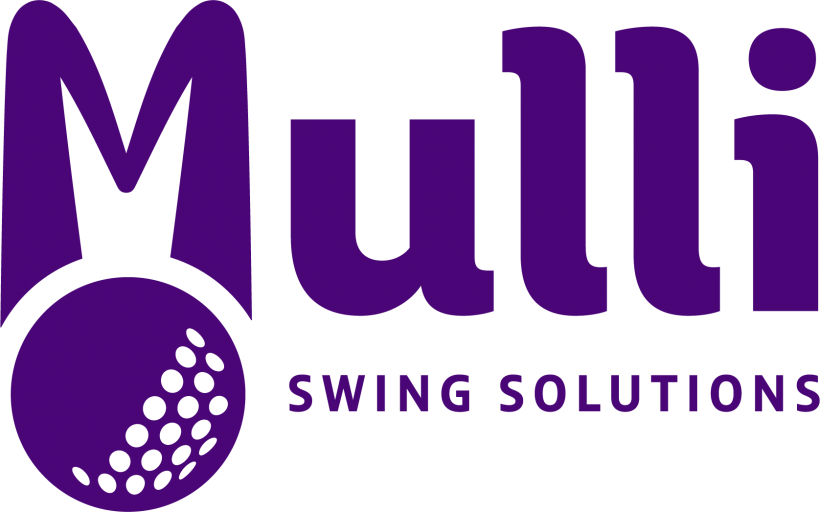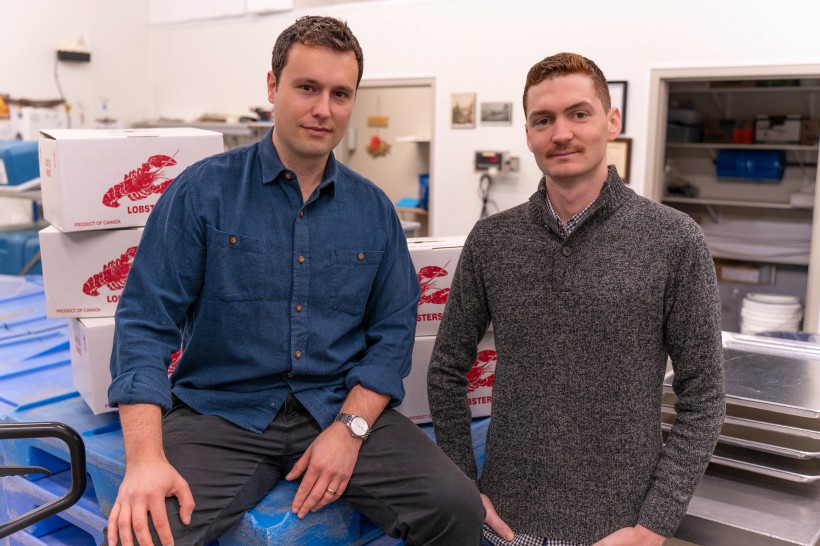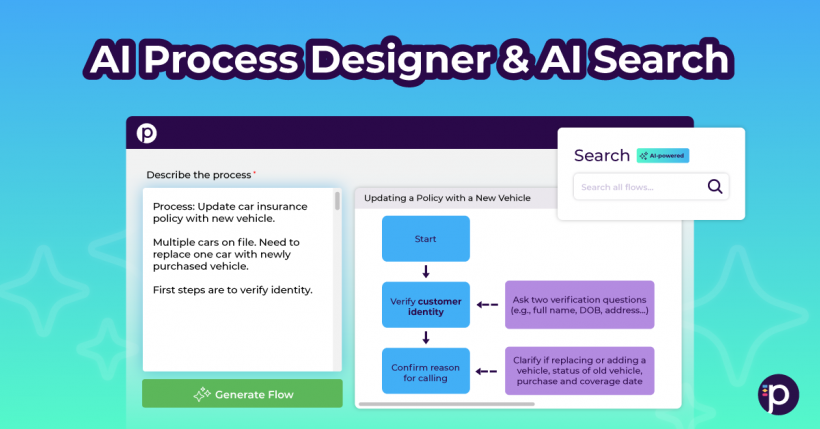It seems I can’t escape a “Best of 2015” or “Trends for 2016” post, so I guess if I can’t beat them, I might as well join them… even if I am a little late to the party.
Here are five predications for startup growth and marketing in 2016.
1. We’ll see less reliance on paid channels.
Paid channels are a go-to acquisition method for many startups. They fuel quick wins, can easily be adjusted, and make calculating ROI relatively simple.
With all these benefits, it’s easy to get obsessed with growth from paid channels. But this is the fallacy of paid acquisition.
Sometimes even though paid acquisition can look great — getting new customers at a good rate with a reasonable cost per acquisition — the long-term view shows a different story.
Often customers acquired via paid acquisition tend to churn faster than those acquired through other channels. And fast wins from paid acquisition can also lead startups to neglect the organic growth engine — a key driver for top startups.
With these long-term effects becoming clearer, coupled with increasing competition and a more complex funding climate, I expect we’ll see more diverse acquisition strategies in 2016.
2. VC due diligence frameworks will become marketing’s new BFF.
In September, Social Capital, the VC firm headed by Facebook’s ex-VP of Growth, Chamath Palihapitiya, shared a brilliant, actionable series of blog posts with the key analytical frameworks (covering user and revenue growth, engagement, lifetime value, and retention) they use for deal due diligence.
While quant marketing is already popular, I think these types of VC analytical frameworks will be every PM, VP of Growth, and Head of Marketing’s best friend in 2016.
3. Touchless conversion will gain momentum with B2B.
Touchless conversion — commonplace in B2C startups — automates the customer acquisition process. In other words: no sales staff.
It lowers the cost-of-acquisition (CAC), a necessity for B2C players hoping to leverage many users each with a modest lifetime value and/or startups relying on a delayed monetization strategy.
But many B2B startups have been reluctant to embrace touchless conversion, preferring more sales-driven processes.
In 2016, I think we’ll see a trend towards efficiency (i.e. reducing CAC) in the startup growth process.
What’s driving the efficiency train?
The success of Atlassian, a company that built a $5.6 billion dollar B2B business with no sales people (serving small business to enterprise), is one factor. A changing startup fundraising environment is another. And, finally, a new era of financial discipline with a focus on optimizing unit economics (cost of acquiring versus lifetime value).
As a result, I think we’ll see more B2B players incorporating touchless conversion in all, or parts of, the acquisition funnel.
4. Influenced by Slack’s extraordinary success, “customer-centric” will move from buzzword to driving force.
Slack is perhaps the fastest growing B2B SaaS… ever.
And one of the best examples of building a customer-centric business.
A coincidence? Probably not.
So in 2016, I think we’ll see more startups embrace customer-centricity à la Slack.
For instance, Slack’s key metrics are customer-oriented: Net Promoter Score (“NPS”), Customer Satisfaction Score (“CSat”), and AU (“Active Use”).
And the north star metric? A user recommendation (in contrast to typical retention or acquisition-based metrics).
While not everyone will put Slack-like focus on user recommendations in 2016, I do think we’ll see AU metrics and NPS earn a lot more top dashboard space.
5. “Traditional marketing” will earn slightly more favour.
WealthSimple, a hot Canadian startup, generated discussion last fall with a public re-brand. It was a bold move in an ecosystem where old-school marketing doesn’t see a lot of love.
Most traditional marketing tactics (e.g. branding, positioning, PR) don’t lend themselves to easy ROI calculations (in terms of revenue / customers gained), so they don’t tend to be something startup marketers focus on.
But that doesn’t mean they can’t be effective. Or that you can’t calculate ROI.
Old-school marketing activities like branding, PR, and the less costly cousin, positioning, can magnify the effect of every other growth tactic.
Bottom-line, while I don’t foresee many brand overhauls (most startups haven’t raised a $30 million Series A like WealthSimple), I do think startups will show more love to traditional marketing tactics — in particular, positioning — in 2016.
Ashley Greene is a growth strategist and graduate of the Schulich School of Law at Dalhousie University. She is the founder of Instratify.










